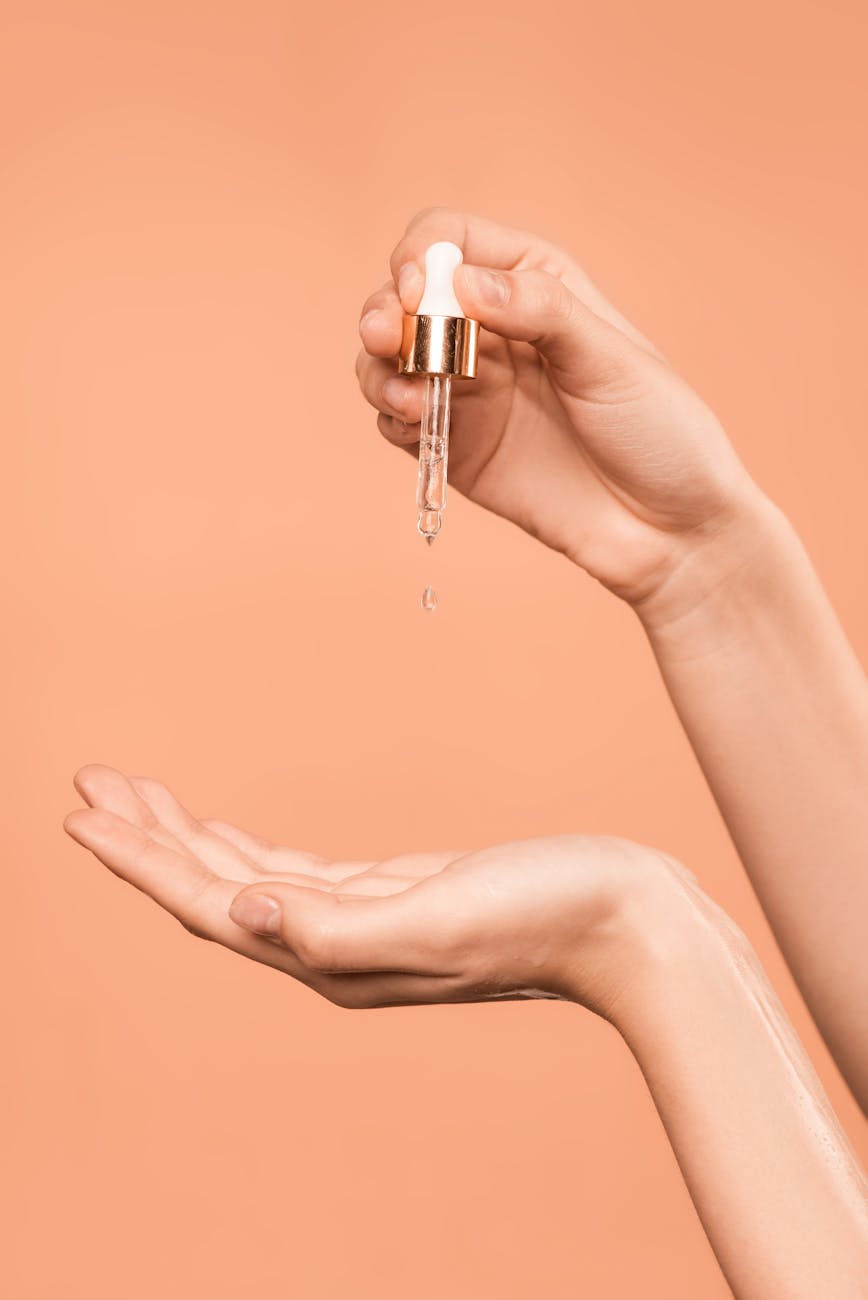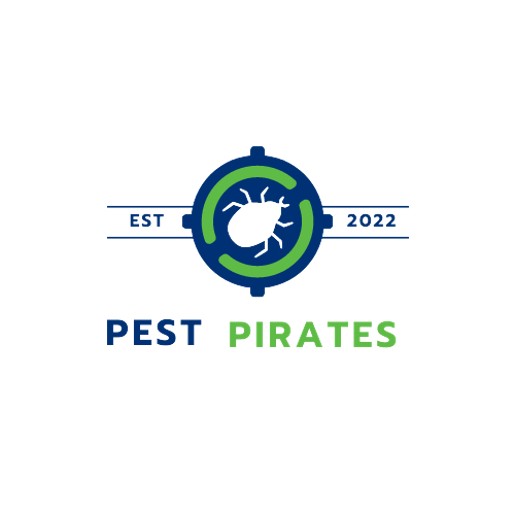
Understanding Termite Treatments
When you’re facing a termite infestation, understanding the available treatments and how long they last is crucial for protecting your home. Termite treatments are designed to not only address current infestations but also to prevent future occurrences.
Duration of Termite Treatments
The longevity of termite treatments can vary based on the method used. Generally, termite treatment can last between five to ten years when implemented by pest control experts (USA Today). Here are some typical durations for common termite treatment methods:
| Treatment Method | Expected Duration |
|---|---|
| Liquid Treatment | 5 – 10 years |
| Gas Fumigation | Up to 5 years |
| Bait Stations | Approximately 1 year |
These durations are general estimates and actual effectiveness can depend on several factors, including the severity of the infestation and how well the property is maintained post-treatment.
Factors Influencing Treatment Duration
Several factors can influence how long a termite treatment remains effective. Understanding these can help you maintain a termite-free home for as long as possible.
-
Severity of Infestation: The more severe the termite problem, the more challenging it is to ensure long-term control. In cases of extensive infestation, treatments may need to be more intensive or repeated.
-
Type of Termites: Different types of termites may require different treatment strategies. For example, drywood termites elimination might differ in approach and duration from dampwood termites control.
-
Size of the Property: Larger properties may require more time to treat and could potentially harbor more termite colonies, thus affecting the duration of effectiveness.
-
Type of Treatment Used: As shown above, different treatments have varying expected durations. Liquid treatments tend to last longer than bait stations, for instance.
-
Environmental Factors: The local climate can also play a role. Treatments in humid climates may not last as long compared to arid areas due to the propensity of termites to thrive in moist conditions. Check guidelines for specific environments like termite treatment humid climates or desert region termite control.
-
Maintenance and Prevention: Post-treatment maintenance, such as removing termite food sources and moisture, and implementing landscaping practices to deter termites, can extend the duration of termite treatment. Regular termite inspections are also crucial.
-
Quality of Application: Professional application of treatment generally yields more enduring results compared to DIY methods. Consider hiring a reliable termite control company for the best outcome.
By understanding these factors and taking the appropriate measures, you can extend the life of your termite treatment and protect your home from these destructive pests for years to come. Always refer to expert advice and conduct follow-up termite inspections to ensure that your termite treatment remains effective.
Types of Termite Treatment Methods
When you’re faced with termites, the longevity and effectiveness of the treatment method you choose is a top concern. Here’s a look at different termite treatment options so you can determine which might be the best fit for your needs.
Liquid Treatments
Liquid treatments involve creating a chemical barrier in the soil around your home to prevent termites from entering. According to USA Today, these treatments can last between five and 10 years, with HiTech Termite Control suggesting up to 5 years if regular inspections confirm the barrier remains intact. The Mississippi State University Extension Service notes that liquid termiticide treatments can last 8 to 12 years or longer, depending on the active ingredient used.
Here’s a table summarizing the duration and active ingredients:
| Active Ingredient | Expected Duration |
|---|---|
| Fipronil | 8-12 years |
| Imidacloprid | 8-12 years |
| Chlorantraniliprole | 8-12 years |
| Permethrin | 8-12 years |
| Cypermethrin | 8-12 years |
| Bifenthrin | 8-12 years |
Gas Fumigation
Gas fumigation is a more intensive treatment that involves sealing your house and pumping in sulfuryl fluoride gas. The effects can last up to five years with proper maintenance to deter termites (USA Today). Smithereen recommends inspections every 2 to 4 years to ensure ongoing protection. Fumigation is particularly effective for drywood termites and Formosan termites, according to the Mississippi State University Extension Service.
Bait Stations
Bait stations are a less-toxic alternative to chemical treatments, suitable for long-term termite management. These stations contain slow-acting insecticides that termites carry back to their colonies. Although bait stations take longer to eliminate a termite problem, they target the entire colony. This Old House notes that bait stations must be monitored and maintained year-round.
Integrated Pest Management (IPM) Approach
IPM is a holistic approach to termite control that combines several strategies, including bait stations, chemical treatments, and preventive measures like landscaping practices to deter termites and using termite-resistant building materials. While IPM doesn’t have a set duration since it’s ongoing, it’s a comprehensive way to maintain a termite-free home.
Each method offers different advantages and lasts for varying durations. Your choice should be based on the type of termite you’re dealing with (drywood termites elimination, dampwood termites control, formosan termites eradication), the extent of the infestation (signs of termite infestation), and your long-term pest management goals (long-term termite management). Always consult with a reliable termite control company to assess your situation and recommend the best termite baits or liquid termiticides vs baiting systems, and discuss termite treatment duration options.




